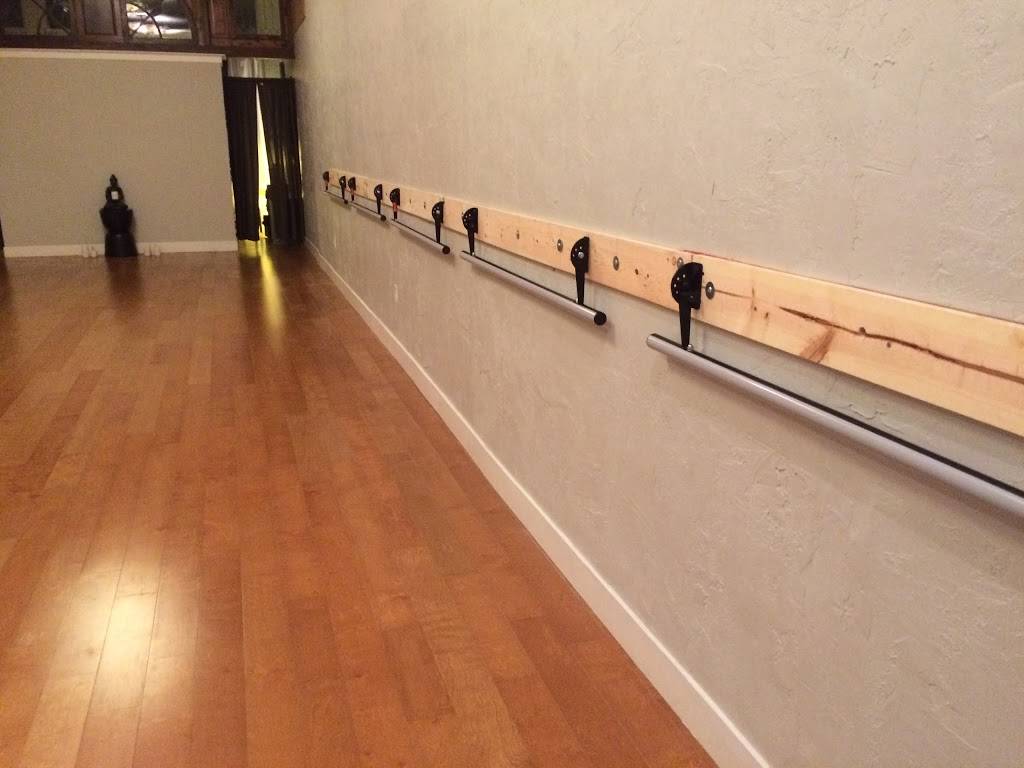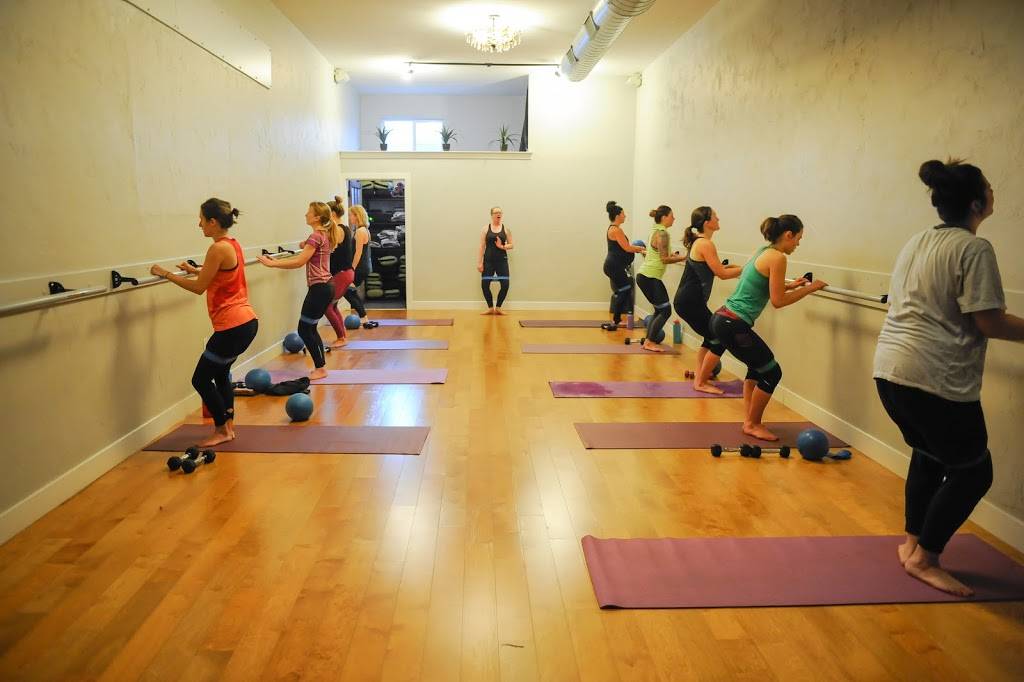

Workouts are happening outside (weather permitting) and class schedules are being rearranged to maximize capacity. It isn’t something we’re going to be able to sustain for a long period of time.”Īlthough a move back to Level Orange (and 25 percent capacity) on January 4 will make things a bit easier in the short term, area fitness studios and gyms are making shifts in their business models in order to stay afloat. “For some facilities, it is just like being shut down. It hurts bad,” says Paula Neubert, general manager of Club Greenwood and a member of the advisory board for the Colorado Fitness Coalition, an organization created in August to represent the interests of gyms, health clubs, recreation centers, studios, and other fitness businesses across Colorado. As of December 18, gyms could only operate at 10 percent capacity or 10 people per room, whichever is fewer-a move that many fear could be a death blow to an industry already pushed to the brink. By mid-November, though, as Colorado’s third wave of cases swelled above April’s peak and forced local counties to move to the revised Level Red, restrictions tightened further. It’s no wonder, then, that these businesses closed early and remained shuttered until June, when they were allowed to reopen at reduced capacity-25 percent or 50 people per room, whichever was fewer.

Who wants to grunt and sweat in close proximity to others during a global pandemic?

When COVID-19 swept into Colorado, few industries were as swiftly devastated as gyms and fitness studios. With reduced capacities and decreased revenues devastating local gyms and fitness studios, many are going online to build community-and attempt to save their businesses. Photo by Sara Ford 2020: The Year That Changed Everything How 2020 Has Affected the Way We Exercise


 0 kommentar(er)
0 kommentar(er)
